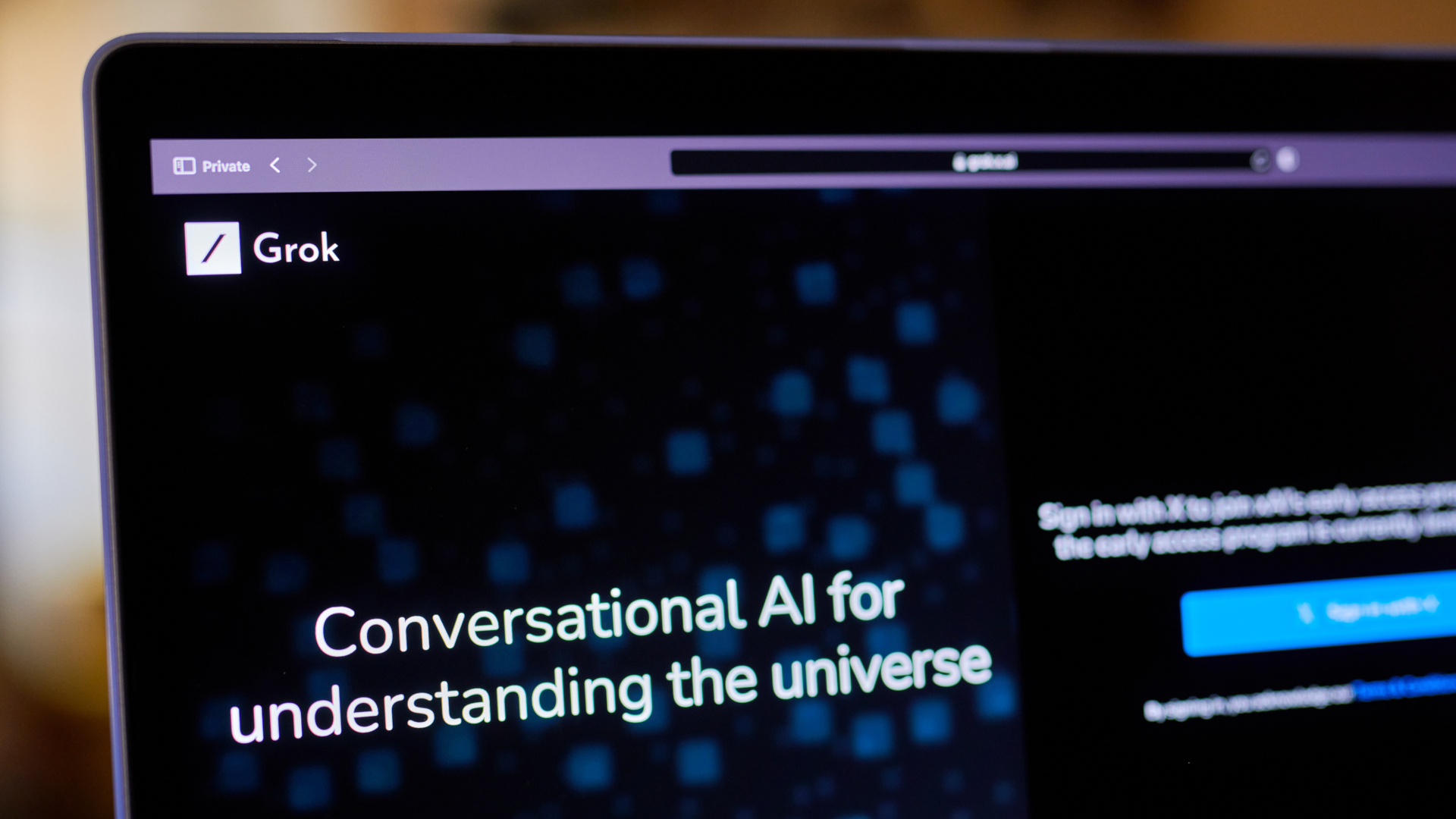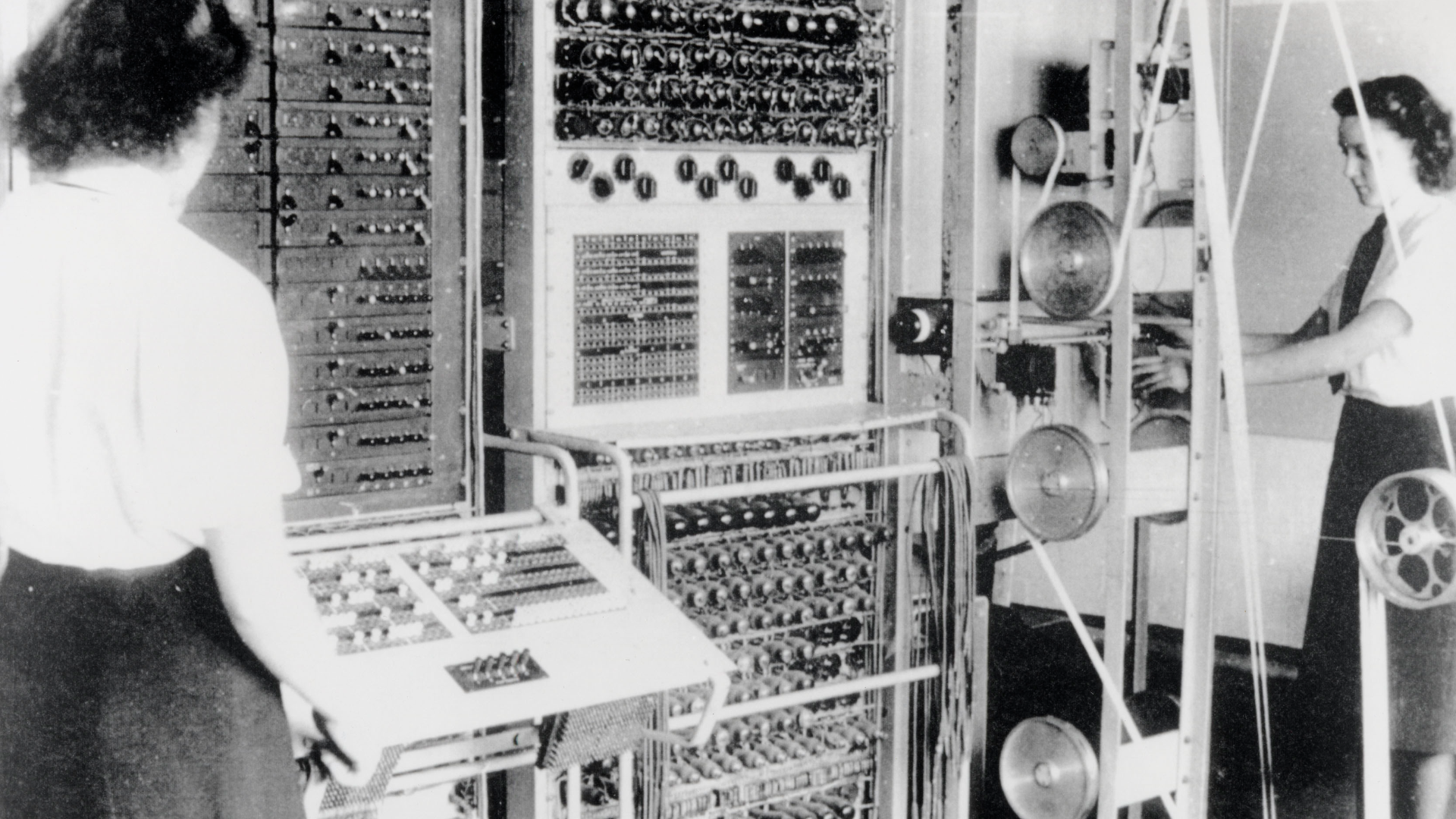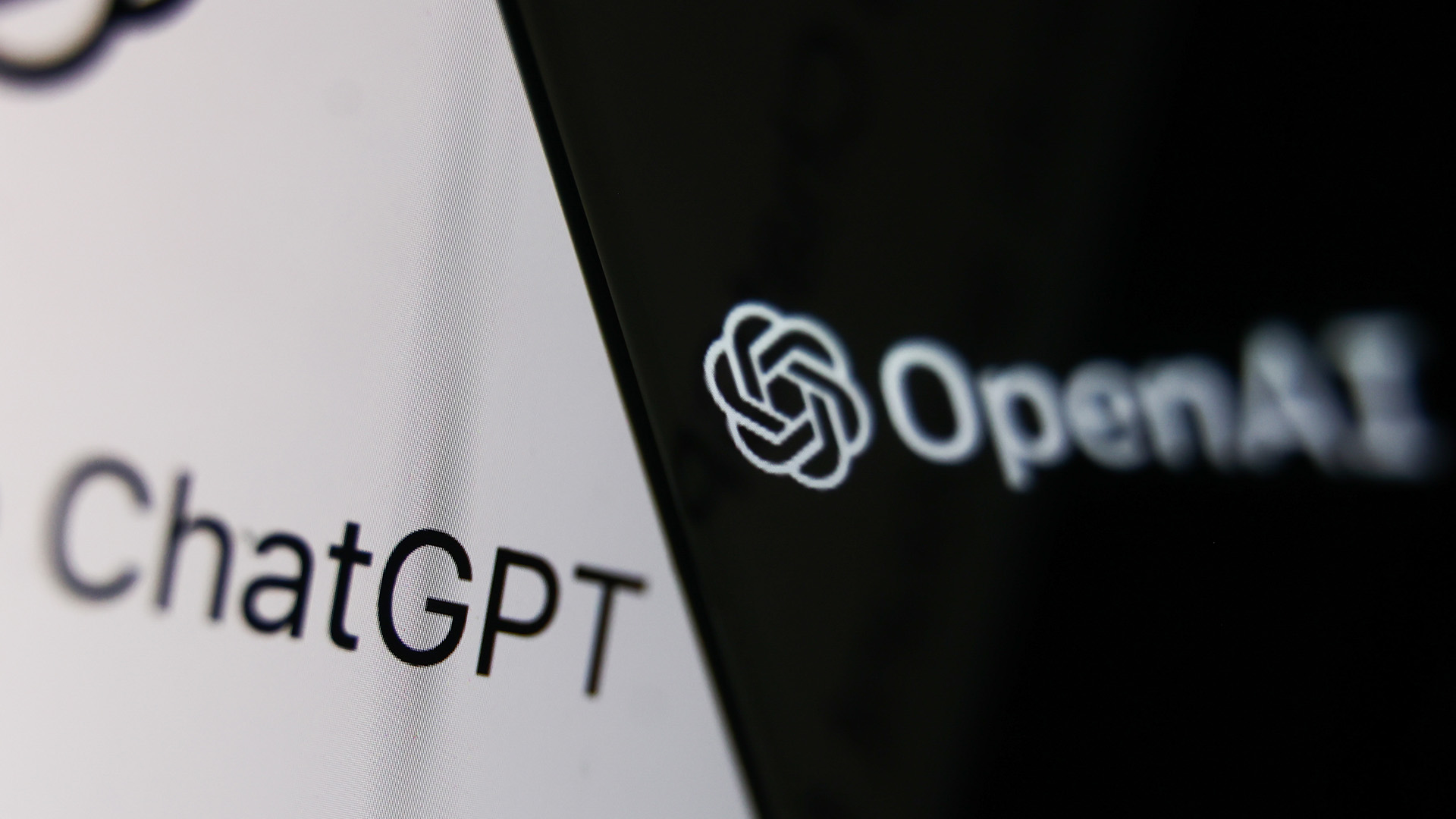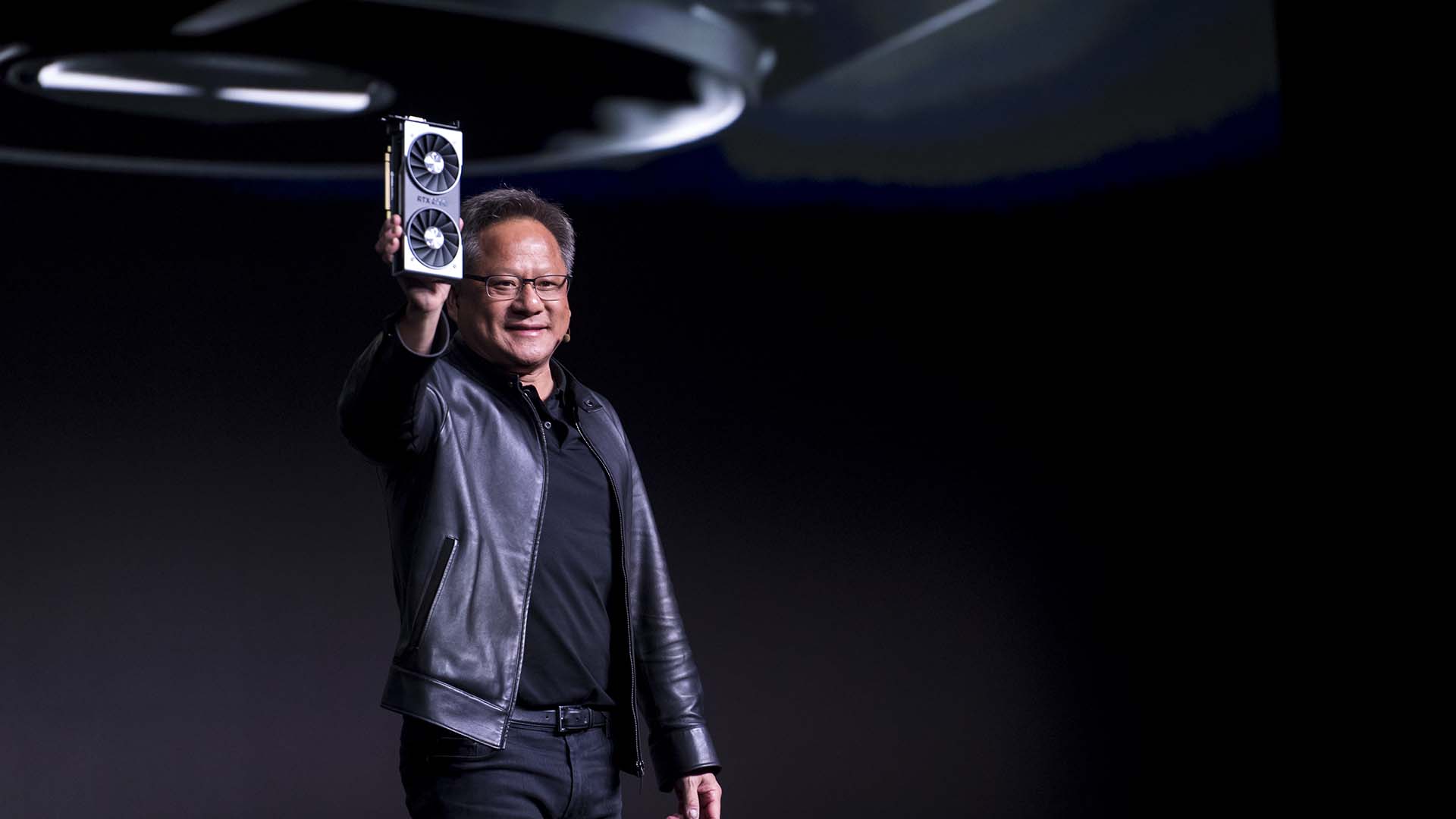
"From the beginning, the company operated with a stunning lack of transparency that left impacted communities in the dark."
If you’ve been keeping your finger on the pulse of AI developments, you’ll know that there’s growing concern about meeting the power demands of the data centers that train and run AI inference. Elon Musk’s Colossus supercomputer that powers Grok, xAI’s alternative to ChatGPT, tackles this by using over 30 methane gas turbine stations, but the construction has incurred fierce criticism over its impact on local air quality.
When Colossus fired up for the first time last year, it was already making headlines. Partly because it took a mere three months to build, but also because its appetite for water and electricity was raising eyebrows. In the case of the latter, the system uses anywhere between 50 and 150 MW of power, and in order to meet that demand, xAI installed a number of methane-burning gas turbines.
A report by the Southern Environmental Law Center (via Fudzilla) claims that these turbines were installed without permits and raises serious concerns over the potential impact these machines will have on the local air quality, due to their emissions. To make matters worse, it appears that xAI is now retrospectively applying for permits to use the turbines constantly.
Memphis news channel WREG writes that the mayor of Memphis, Paul Young, had argued that things weren’t as bad as they seem, quoting him as saying, “There are 35 [turbines], but there are only 15 that are on. The other ones are stored on the site.”
However, thermal camera footage taken by the Southern Environmental Law Center (SLEC) shows, for that moment in time at least, 33 of the turbines generating large amounts of heat—in other words, they were in heavy use.
SLEC goes on to criticise xAI’s approach to the Colossus project: “From the beginning, the company operated with a stunning lack of transparency that left impacted communities in the dark. Even many Memphis city officials were unaware of the facility’s plans and how it would be powered.”
One might think that using fossil fuels is a poor choice—not just because of the environmental impact but also because of the rapid rise of renewable systems—but with President Trump rolling out a raft of executive orders favouring the return to fossil fuels, it’s perhaps not hard to see why xAI chose gas turbines over anything else. However, it’s unlikely to be a long-term solution.
There is no way to avoid the huge energy demands of any data center, and it’s a problem that will only get worse, as more systems come online to meet the AI growth targets that Google, Meta, OpenAI, xAI, and Microsoft all have. Musk hopes to have Colossus expanded from 200,000 up to one million GPUs, and no amount of gas turbines can realistically hope to cover that.
So, xAI will have to rely on the local electricity network and battery storage systems to meet that level of demand. But that passes the problem of generating the electricity onto somebody else, and they may well resort to using fossil fuels, even if xAI doesn’t.
What is artificial general intelligence?: We dive into the lingo of AI and what the terms actually mean.
If you don’t use or have no interest in Grok, you might think that this has no real impact on PC gaming. However, it’s worth noting that AMD, Intel, and Nvidia are all heavily invested in building and using data centers to train and run AI inference for their graphics technologies. In the case of the latter, Team Green ran such a system flat-out for six years, just to improve DLSS.
While Nvidia’s center is unlikely to have anything near the same energy demands as Colossus, it’s a reminder that the cost of sustaining the growth of AI is more than mere dollars. Energy and the environment have a sizeable share of the bill, too.








